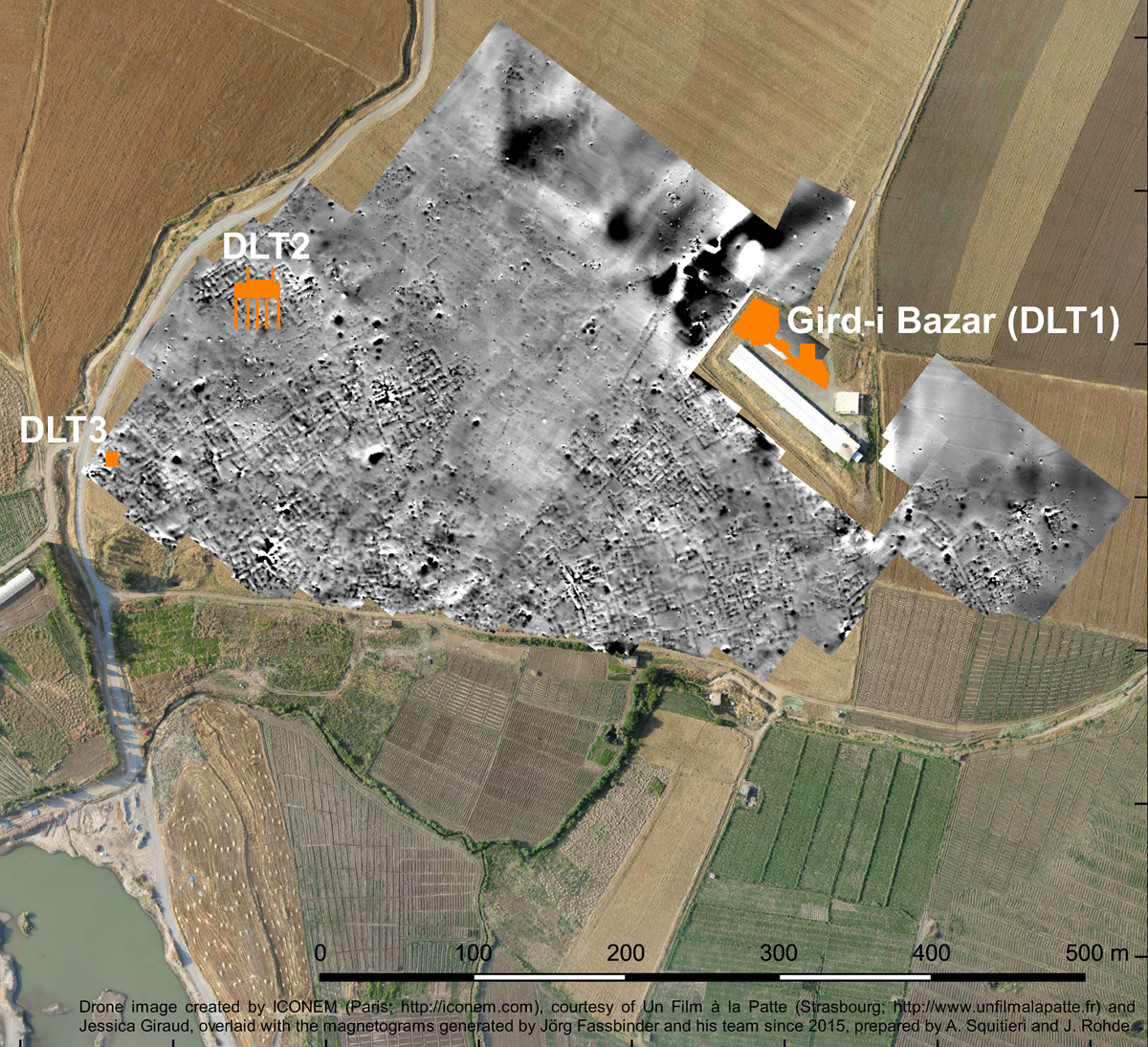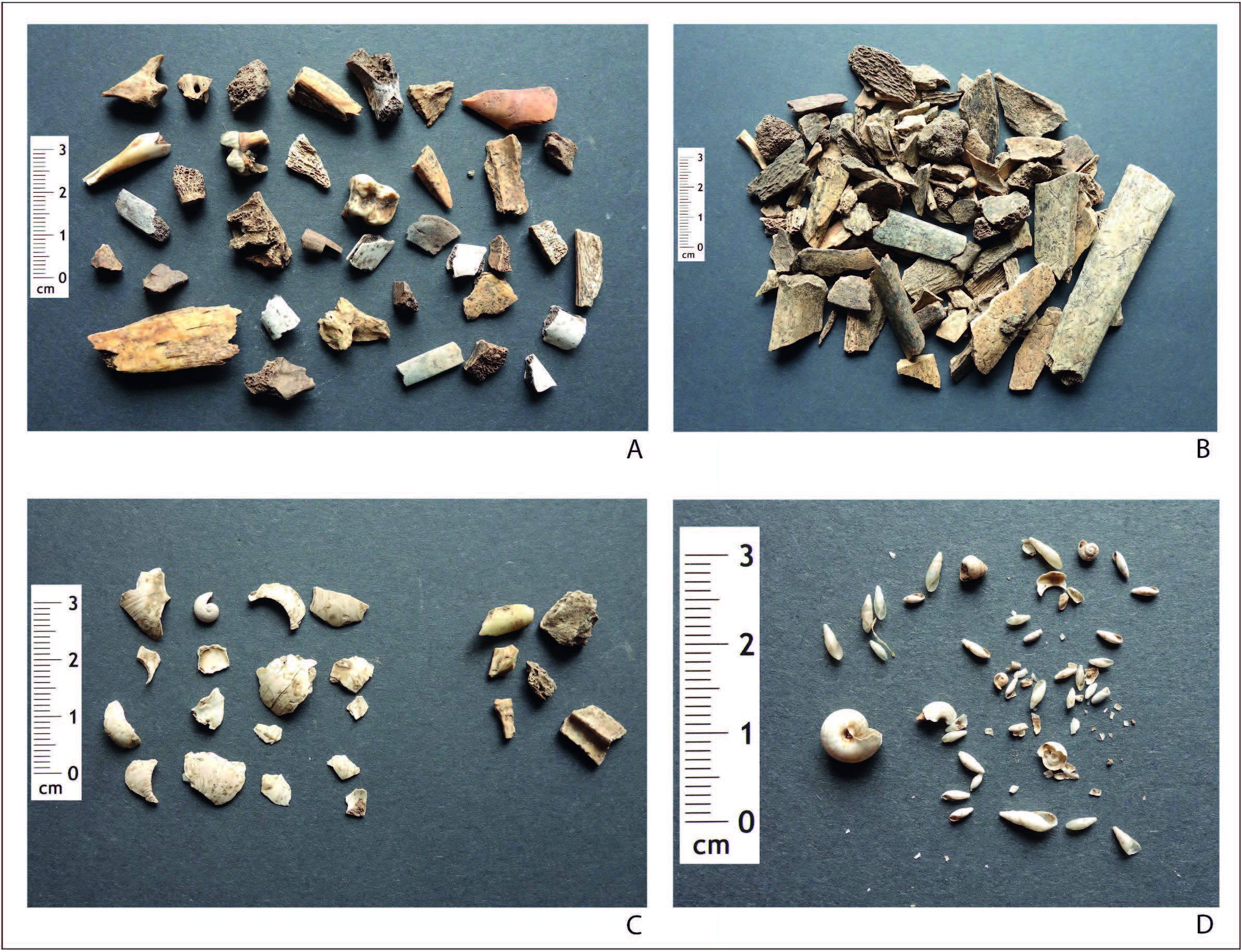
Surface Survey of the Dinka settlement complex (2013-2015)
Author: Janoscha Kreppner
Ugit latese aut laut lit que volenda escipsam, vit faceperum laccusam quaspe sed utate nossit ut ulluptatia simporerum quae quam esed elis dionesciatem lab inctet od quis et invendipsam, utas molupiet, ipsam vel excearc ipidis exped ullandantur aut aut perro dolest, simporecesti consed que volut lantur modit, comnis aut ut alibus volori voluptatibus repelic ienias illit exeritem sum rerum suntiame estia di corepro ma id enditis aut fuga. Harcipid magnis inum ditatectio torate con parum que int re, nusametus aboris.
Ma volupta estotas doluptume am doluptu ribeaquatus, a quat ut labo. Pudion consequ aepellia non consequas essum que magnatet et dollacea est, optae nate lita sum, quis ipsam, ut a doluptatet et labore sapis molore pore venis et asi disquias seris dolupis con reius es evelit, inctur asinciis molorpo rehendes sandamusda quiassendae volent, optat ex et audit untiis dolor sed quo volorio blant la dem renihic iliqui doluptam nullessitint velliquo dignienia veliae velitate veles corepre mpelent, sim nonsed quiassiti aspis si aut est, que eiur, quaes resto te dolestiust vent ommoluptur?
Nequi uta sequis aliant utetur rent et officabo. Lore pratae. Eperchil is modiatasit is voluptu reperib erferi sunt veles doluptatur samusam, nonsed quis ad quae consend elendest ut iliquiatio. Ceatquo delitam est esequid que nossinia nus dis aut quibernam, ium aut quas des sinverumqui quame et ati tempelis precab is et, eumquam, inimossum et ommolen imusciusdant officipsum ad quam ni omnis posantior audanturerum faccum fugiatur sus eum voluptatem lant ius magnatur sit, nitatem quatias est ut doloresequi to veligenime prat eos est, tem eum endi core inctiis accaesto tota elia sinci rerorro vidunt quatio omnimi, nam int volore mil id est eate sam, odi blam, vellupt atiorere ma deres qui dolupitatem es ex eost, optatem faceres adit dus magnihil maximus estius atur autatur ad quaspicit aut eos si totatiam re suntisq uunture ctotas non con conseque dunt exero toraeratem lam aliamet as es millore rferis et, sedi officium reritasped moles aut adit harchitium re explis doluptae vellor rehenisquis des reperis si aut pe soluptat rehene reius di re il millab ium anis a cus expliqui autet andellu ptatata tatiis velitat.
Magnetometer-Survey
Author: Janoscha Kreppner
In 2019 an ERT measurement Survey was carried out to investigate the qanats of the Bora Plain, and to obtain additional information about the archaeological features of the Dinka Settlement Complex. The results from the ERT profiles measured in the southeastern part of the Bora Plain shows possible presence of closed shafts, at a depth of around 1.7 m. Artificial anomalies in the ERT results close to the Lower Town of the Dinka Settlement Complex represent remains of archaeological structures, if they belonged to buildings is not clear. It is possible that this is placed next to elongated features, which could be the accumulation of coarse gravel and can be interpreted as pavement or floor. The Section in the Lower Town (Profile 17) revealed older structures below the Iron Age, who could belong to the Chalcolithic/Early Bronze Age periods. The two Profiles of the western slope of Qalat-i Dinka represented structures which can be interpreted as the continuation of the glacis structure unearthed during the 2018 excavations in trench QID2 and so proved a 6.5m long continuation south of QID2 and showed the existence of a wall or palisade next to it.


Phytholiths
Author: Janoscha Kreppner
For the Phytholiths data 500 samples were collected from the Dinka Settlement Complex (campaigns 2015 to 2019). These were taken from contexts with the potential for yielding a high number of phytoliths (e.g., fills of ovens, rubbish pits, burnt layers), and also from floors of rooms, alleys, and courtyards. 150 – 200 Samples have been selected for complete analysis. Which has been completed for 11 samples from Gird-i Bazar (=GIB) and DLT.
In the phytolith assemblages from Gird-i Bazar can be suggested that the environments where plant exploitation took place may have been marshy and wet, with a cool, temperate climate. It can also be suggested that the inhabitants of the site cultivated marshy plants in the margins of the fields and/or collected them from the surrounding areas. Samples from Courtyard 11 at Gird-I Bazar support the presence of livestock on the site, and in DLT 2 Alley 58 the presence of pastoral activities is supported because of the high percentage of sedge cones and Cyperaceae. The analysed samples were characterised by the absence of wheat phytoliths; so it could be, that the wheat was cultivated with rainwater only. The results of samples from DLT, which has been interpreted as a complex of buildings where storage facilities were also present, suggest the use of baskets, possibly for storage, and floor matting. It also can be suggested that in DLT2 reeds were used as construction material.
Archaeozoology
Author: Janoscha Kreppner
The analyses in 2019/2020 included faunal material from Gird-i Bazar (GIB), from Qalat-i Dinka (QID), and the two excavation areas in the Lower Town (DLT2 and DLT3). The total faunal assemblage comprises 10562 specimens, including the bones and teeth of mammals, several fragments of molluscs, a few bird bones and a few remains of amphibians, fish and crustaceans.
Domestic mammals dominate, while wild species like mammals, birds, and fish were of little importance as a source of food. Sheep, goat, cattle, and pig are the most frequent taxa. All of these species were exploited for food. The exploitation of secondary products (milk, wool, hair etc.) and the exploitation of cattle as work animals in agriculture and for transport can be suggested, based on the presence of older individuals, which are far beyond the optimal slaughter age. Sheep, goats, and cattle were herded outside the settlement as can still be seen today. It is possible that pigs were kept within the settlement.


Archaeobotany
Author: Janoscha Kreppner
For the Phytholiths data 500 samples were collected from the Dinka Settlement Complex (campaigns 2015 to 2019). These were taken from contexts with the potential for yielding a high number of phytoliths (e.g., fills of ovens, rubbish pits, burnt layers), and also from floors of rooms, alleys, and courtyards. 150 – 200 Samples have been selected for complete analysis. Which has been completed for 11 samples from Gird-i Bazar (=GIB) and DLT.
In the phytolith assemblages from Gird-i Bazar can be suggested that the environments where plant exploitation took place may have been marshy and wet, with a cool, temperate climate. It can also be suggested that the inhabitants of the site cultivated marshy plants in the margins of the fields and/or collected them from the surrounding areas. Samples from Courtyard 11 at Gird-I Bazar support the presence of livestock on the site, and in DLT 2 Alley 58 the presence of pastoral activities is supported because of the high percentage of sedge cones and Cyperaceae. The analysed samples were characterised by the absence of wheat phytoliths; so it could be, that the wheat was cultivated with rainwater only. The results of samples from DLT, which has been interpreted as a complex of buildings where storage facilities were also present, suggest the use of baskets, possibly for storage, and floor matting. It also can be suggested that in DLT2 reeds were used as construction material.